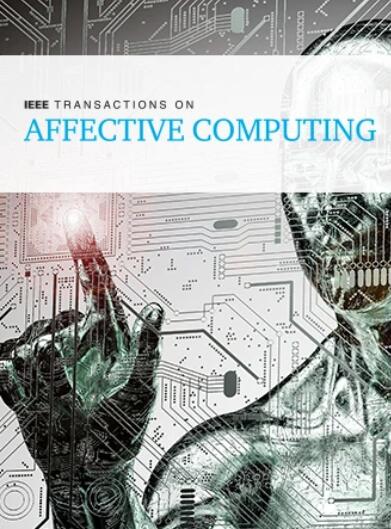双分支噪声提取与抑制下的标签噪声面部表情识别
IF 9.8
2区 计算机科学
Q1 COMPUTER SCIENCE, ARTIFICIAL INTELLIGENCE
引用次数: 0
摘要
面部表情识别数据集中的噪声标签严重影响了面部表情识别模型的性能。为了解决这一问题,我们提出了一种新的双支路噪声提取和抑制方法。该算法通过降低数据集噪声比和抑制带有标签噪声的样本来降低模型对噪声标签的影响。该方法包括三个基本阶段:样本提取、伪标签生成和再训练。该方法首先通过计算模型预测的指数移动平均值以及噪声和实际标签的联合概率分布矩阵,从数据集中提取标签噪声样本。剩下的样本形成一个干净的数据集。接下来,利用干净数据集的训练权值为带有标签噪声的样本分配适当的伪标签。随后,用伪标签替换有噪声的标签来创建一个校正的数据集。将校正后的数据集和干净的数据集结合起来创建重建数据集,减少数据集中的噪声标签。最后,使用重建的数据集对模型进行再训练。此外,本研究引入了一种新的梯度抑制平滑函数,专门用于减轻数据集中标签噪声样本在重新训练过程中的影响。该算法具有较强的鲁棒性,在含10%、20%和30%噪声标签的RAF-DB数据集上的准确率分别为91.17%、91.56%和91.58%,在对应的FERPlus上的准确率分别为89.91%、90.17%和89.69%。本文章由计算机程序翻译,如有差异,请以英文原文为准。
Facial Expression Recognition With Label-Noisy Under Dual-Branch Noise Extraction and Suppression
Noisy labels in Facial Expression Recognition (FER) datasets severely affect the performance of FER models. We propose a novel dual-branch noise extraction and suppression method to address this issue. This algorithm reduces the model’s impact from noisy labels by decreasing the dataset noise ratio and suppressing label-noisy samples. The method comprises three primary stages: sample extraction, pseudo-label generation, and re-training. The approach initially extracts label-noisy samples from the dataset by computing an exponential moving average of the model predictions and the joint probability distribution matrix of noisy and actual labels. The remaining samples form a clean dataset. Next, the training weights of the clean dataset are utilized to assign appropriate pseudo-labels to the label-noisy samples. Subsequently, the noisy labels are replaced with pseudo-labels to create a corrected dataset. The corrected and clean datasets are combined to create the reconstructed dataset, reducing noisy labels within the dataset. Finally, the model is retrained using the reconstructed dataset. Furthermore, this study introduces a novel gradient suppression smoothing function specifically designed to mitigate the impact of label-noisy samples in the dataset during the re-training process. The proposed algorithm is robust, with accuracies of 91.17%, 91.56%, and 91.58% on the RAF-DB dataset with 10%, 20%, and 30% noisy labels, and accuracies of 89.91%, 90.17%, and 89.69% on the corresponding FERPlus.
求助全文
通过发布文献求助,成功后即可免费获取论文全文。
去求助
来源期刊

IEEE Transactions on Affective Computing
COMPUTER SCIENCE, ARTIFICIAL INTELLIGENCE-COMPUTER SCIENCE, CYBERNETICS
CiteScore
15.00
自引率
6.20%
发文量
174
期刊介绍:
The IEEE Transactions on Affective Computing is an international and interdisciplinary journal. Its primary goal is to share research findings on the development of systems capable of recognizing, interpreting, and simulating human emotions and related affective phenomena. The journal publishes original research on the underlying principles and theories that explain how and why affective factors shape human-technology interactions. It also focuses on how techniques for sensing and simulating affect can enhance our understanding of human emotions and processes. Additionally, the journal explores the design, implementation, and evaluation of systems that prioritize the consideration of affect in their usability. We also welcome surveys of existing work that provide new perspectives on the historical and future directions of this field.
 求助内容:
求助内容: 应助结果提醒方式:
应助结果提醒方式:


